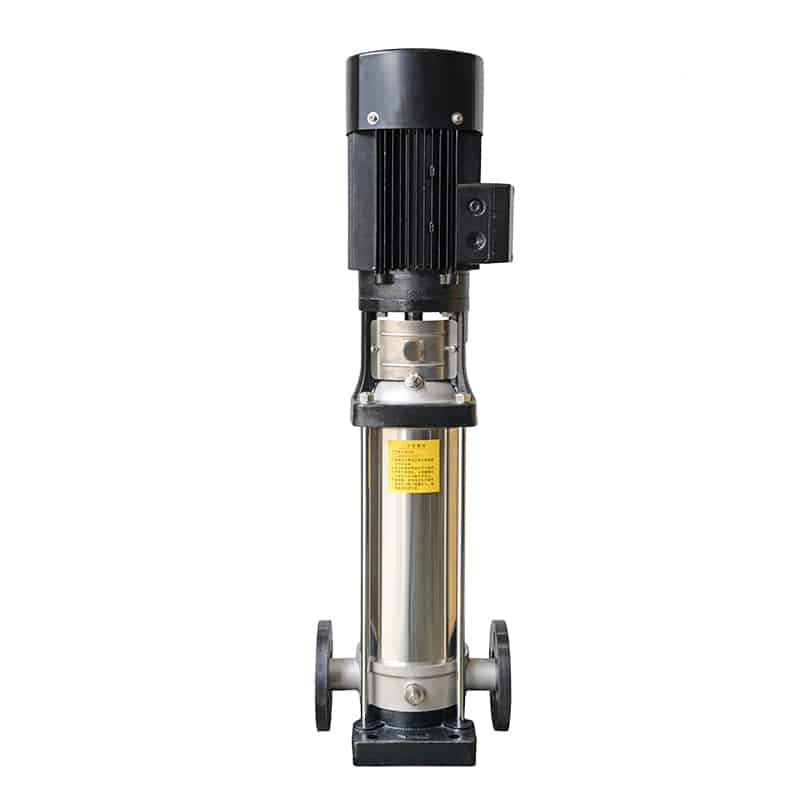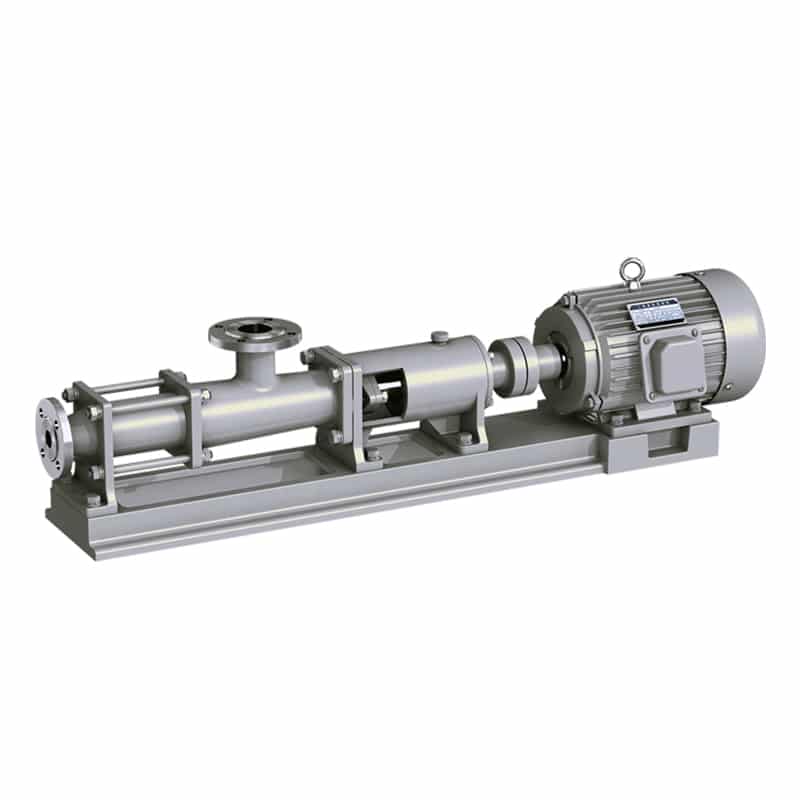Pressure Units Of Measurement
In the world of water treatment, precision and efficiency are paramount. Whether it’s ensuring clean drinking water or treating wastewater, the role of pumps in these processes cannot be overstated. To fully grasp how pumps operate and how they are selected for specific tasks, it is crucial to understand the concept of pressure and the various units used to measure it.
What Are Pressure Units of Measurement?
Pressure is defined as the force exerted per unit area on the surface of an object. In water treatment, pressure is key to ensuring that fluids are moved efficiently through pipes, filters, and other system components. The pressure exerted by pumps must be accurately measured and controlled to maintain optimal system performance.
Pascal: The standard unit of pressure in the International System of Units (SI). One pascal is equivalent to one newton per square meter (N/m²).
Bar: Often used in industry, one bar equals 100,000 pascals. It is a convenient unit for expressing pressures commonly encountered in water treatment systems.
Pounds per square Inch: Widely used in the United States, psi measures the force exerted on an area of one square inch. It’s a critical unit for understanding the pressures used in many types of water treatment equipment.
Atmosphere: This unit is based on the average sea-level atmospheric pressure and is commonly used in various engineering disciplines.
Millimeters of mercury and torr: These units are often used in situations involving vacuum or low-pressure measurements, which can be relevant in certain specialized water treatment processes.
The Importance Of Pressure Units In Pump Sizing
In a water treatment system, pumps are responsible for moving water through the various treatment stages, including filtration, chemical dosing and distribution. The pressure generated by the pump is critical in determining its ability to move water efficiently through the system, especially when overcoming resistance from filters, piping, and elevation changes.
- Pump Selection and System ddesign
Understanding the pressure requirements of a water treatment system is critical to selecting the right pump. Selecting a pump with the correct pressure rating ensures that the system operates efficiently without over-consuming the pump’s energy, avoiding early wear and increased energy costs. - Monitoring and Maintenance
Regular monitoring of the pressure in the system helps to maintain optimum performance. For example, if a gauge reading is significantly lower than the expected psi, it may indicate a blockage or leak in the system. - Energy Efficiency
Pumps operating at the correct pressure will consume less energy and reduce operating costs. Conversely, a pump operating at too high a pressure may consume more energy and have a shorter service life.
How do I select a pump based on system pressure?
Determine the System’s Operating Pressure
- Maximum and minimum operating pressure: First, determine the maximum and minimum operating pressure required by the system. These pressure values are typically influenced by factors such as elevation differences, pipe resistance, valves, and other equipment.
- Static and dynamic pressure: Understand the system static pressure (the pressure when there is no flow) and dynamic pressure (the pressure when the system is in operation). The pump needs to handle these pressure variations to ensure normal operation under all conditions.
Calculate the System Head
- Head calculation: Head refers to the energy required for the pump to overcome system resistance and move water from one location to another.
- Static head: Determined by the elevation difference in the system, i.e., the height difference between the pump’s inlet and outlet.
- Dynamic head: Determined by pressure changes within the system.
- Pipe losses: Caused by the resistance from pipes, valves, and fittings. These losses need to be considered in the pump power requirements.
Evaluate the Pump Pressure and Flow Curve
- Pump performance curve: The pump performance curve (Pressure-Flow Curve) is a key tool for selecting a pump. The curve shows the pressure the pump can provide at different flow rates. The selected pump should operate within its most efficient range at the system’s operating point (expected flow and pressure).
- Match the operating point: Ensure that the pump operating point matches the system requirements, i.e., the pump can provide sufficient pressure to meet the system’s needs while operating within its efficient range.
- Energy efficiency evaluation: The pump efficiency impacts operating costs. Choosing a high-efficiency pump can reduce energy consumption and operating costs. When selecting a pump, consider the pressure requirements and choose a pump that offers the highest efficiency at the target operating point.
Verify the Pump’s Materials and Durability
- Material selection: The pump materials must be able to withstand the system pressure and the characteristics of the fluid (such as corrosiveness, temperature, etc.). For example, high-pressure systems may require pumps made of stainless steel or other pressure-resistant materials.
- Durability and maintenance: Consider the pump long-term durability under high-pressure conditions, as well as its maintenance requirements. Choosing a durable, easy-to-maintain pump can reduce the system’s total lifecycle cost.
Choosing the Right Type of Pump
- Centrifugal pump: Typically used for low to medium-head applications, it is suitable for handling large volumes of clean liquids. The head of a centrifugal pump is directly related to pressure, so the pressure can be adjusted by changing the pump’s speed.
- Reciprocating pump: Ideal for high head, low flow applications, especially in systems that require precise pressure control. Reciprocating pumps can provide high pressure, making them suitable for industrial applications that require accurate flow rates.
- Screw pump: Suitable for handling high-viscosity liquids, it provides a stable flow and pressure. The head of a screw pump is not directly related to pressure, allowing it to operate under high-pressure conditions.
- Submersible pump: Designed for deep wells or reservoir water extraction, it is capable of handling significant static heads.


Effect of High or Low Pressure On The Pump
Excessive pressure can lead to excessive wear of the pump’s mechanical parts, motor overload, seal failure, and cavitation, reducing pump life and system stability; while too low a pressure can lead to a reduction in pump performance, increased risk of cavitation, insufficient lubrication and fluid backflow, affecting the pump’s efficiency and the normal operation of the system. Therefore, it is important to keep the pump operating within its design pressure range to ensure its reliability and efficiency.
Maintenance of Pumps
Regular Inspection and Lubrication
Regularly inspect the pump bearings, seals, and other critical components, and lubricate them according to the manufacturer’s recommendations to prevent excessive wear and improve operational efficiency.
Monitor Pressure and Flow
Continuously monitor the pump’s pressure and flow to ensure they operate within the designed range. Abnormal pressure or flow may indicate internal pump issues or system problems.
Cleaning and Corrosion Prevention
Regularly clean the pump’s exterior and interior, especially when handling corrosive or particulate-laden media, to prevent scaling and corrosion, thereby maintaining the pump’s efficiency and lifespan.
Inspect Seals and Gaskets
Periodically inspect the pump seals and gaskets, and promptly replace any worn or aged components to prevent leaks and ensure the safe operation of the system.
Pay Attention to Pump Noise and Vibration
Monitor the pump’s noise and vibration during operation. Unusual noise or vibration may indicate problems with the pump’s mechanical components, requiring timely inspection and repair.
Check the Motor and Cables
Inspect the motor and cables driving the pump to ensure secure connections and normal motor operation, preventing electrical issues from affecting the pump’s performance.
Summary
In water treatment pump systems, understanding and properly applying pressure units is critical to the design, operation and maintenance of the system. Whether in pump selection, system design, or routine maintenance, knowledge of pressure units will provide significant advantages.
AOBL has a sales network in many countries and regions around the world, and its products are widely used in homes, commercial buildings and industries, and have won the trust of a wide range of users. Feel free to contact us for your customized water treatment solutions.

